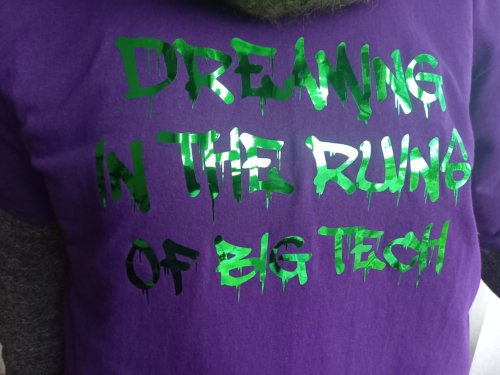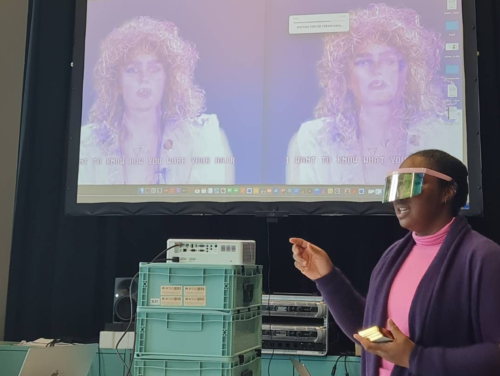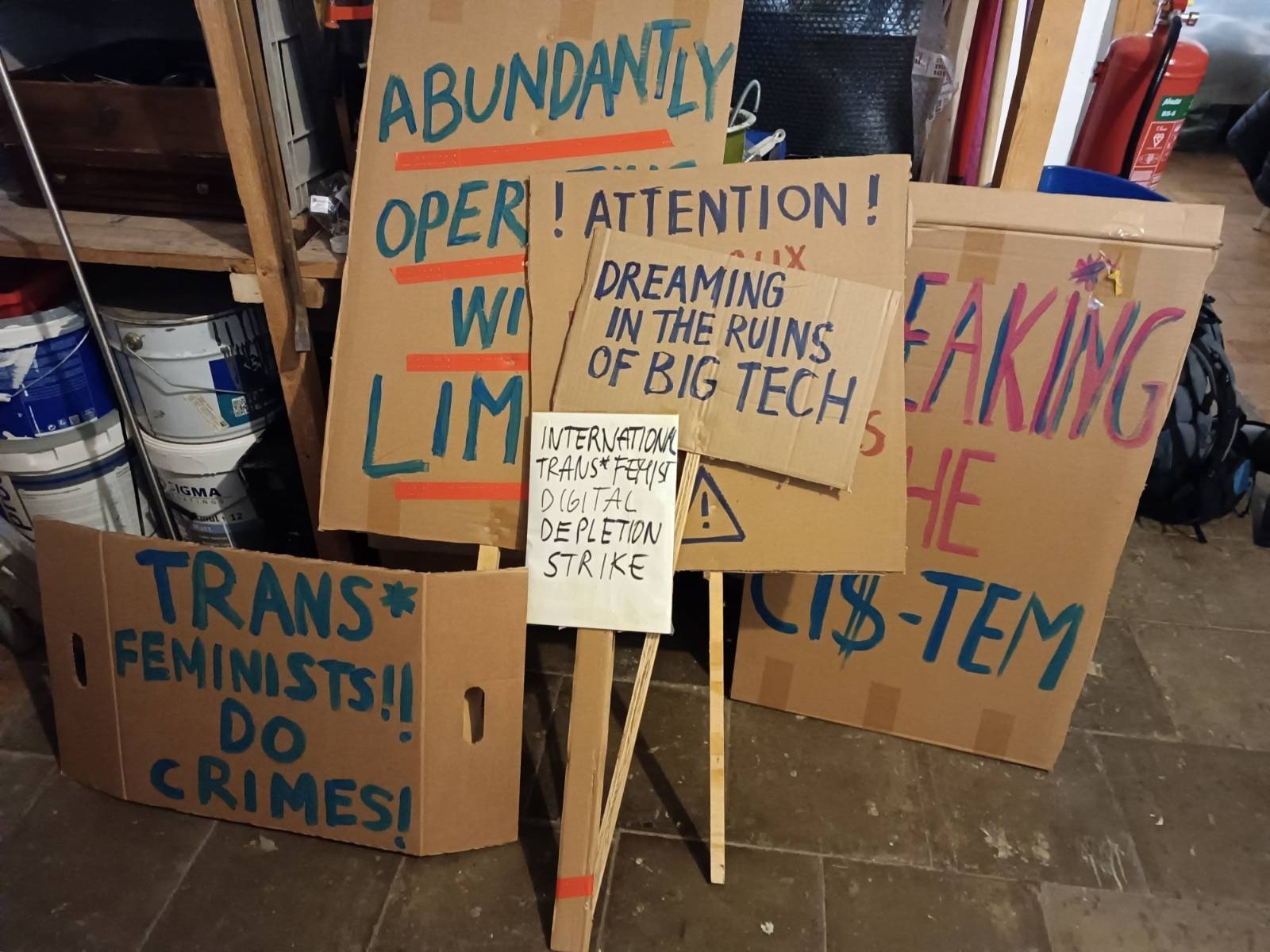The Social Life of XG (SoLiXG)




Digital infrastructures and the reconfiguration of sovereignty and imagined communities
Post-pandemic recovery plans in the EU and the UK involve an unprecedented expansion of digital infrastructures that promise to strengthen the resilience and sovereignty of the European Union and ‘upgrade’ the UK respectively. These new technologies will be part of the social fabric of everyday life and will be invested with new meanings and imaginations. “The Social Life of XG” (SoLiXG) explores infrastructural imaginaries in relation to ideas of community, borders and sovereignty.
In his work on imagined communities, Benedict Anderson has shown how the technologies of printing promoted notions of communities as nations, as sovereign and as bounded entities. This project asks questions about the technologies which form the basis of notions of community in the contemporary. The acronym »XG« stands to indicate the changing nature of today’s technology: while the fifth generation (5G) of communication standards is being implemented, the generational shift to »6G« and »7G« is already on the horizon. What infrastructural imaginaries shape the processes of digital transformation? How do material infrastructures of “XG” encounter challenges or conflicts in local environments; how do they change everyday practices and discourses? What alternative infrastructural imaginaries can we identify in thought and practice, and how do they enable different notions of sovereignty and community?
To understand the complex ways in which infrastructural imaginaries (re)configure notions of sovereignty and imagined communities, the project proceeds in three phases of research that put political science, sociology, queer feminist technoscience and cultural anthropology in conversation with one another. The 1st phase involves the further development of a conceptual framework and an analysis of the institutional frames that shape current digital infrastructural projects. The 2nd phase investigates the public and entrepreneurial ways of constituting éthnos, demos and xenos, through infrastructural imaginaries. The 3rd phase observes which negotiations and contestations arise around these categories when new infrastructures meet existing ones.

TITiPI joins SoLiXG to both activate and reflect on forms of infrastructural resistance. In the coming three years we will think with Black feminist and indigenous responses to Anderson’s concept of Imagined Communities in a workshop and a reading group; we will convene communities to develop a bugreport on a proposal to solve climate change by means of financialising carbon removal by The Frontier consortium; we will note-take conversations on nonsovereignty in shape-shifting diagrams, we will develop, research and report on Counter Cloud instituting practices and continue to support the Trans*Feminist Digital Depletion Strike actions; we will invest in, experiment with and report on Counter Cloud institutional infrastructures.
Team: Helen V Pritchard (IXDM/Critical Media lab, HGK-Basel, FHNW / University of Plymouth), Miriyam Aouragh (CAMRI, University of Westminster, London), Aggeliki Diakrousi (TITiPI, Rotterdam/Brussels), Femke Snelting (TITiPI, Brussels), and Martino Morandi (Constant, Brussels).
Consortium
- Manuela Bojadžijev (Project Leader), Humboldt-University Berlin, Institute for European Ethnology, Germany
- Roland Atzmüller (PI), Johannes Kepler University Linz, Department for the Theory of Society and Social Analyses, Austria
- Helen V. Pritchard (PI), IXDM/Critical Media lab, HGK-Basel, FHNW / University of Plymouth, iDAT (United Kingdom)
- Stefan Jonsson (PI), Linköping University, Department of Culture and Society, IKOS, Sweden
Cooperation partners
- Magnus Frodigh, Ericsson Research, Ericsson AB
- Femke Snelting, The Institute for Technology in the Public Interest
- Prof. Dr. Philipp Misselwitz, Bauhaus der Erde
2022-2025, Funded by CHANSE (Collaboration of Humanities and Social Sciences in Europe) and UKRI (UK Research and Innovation).